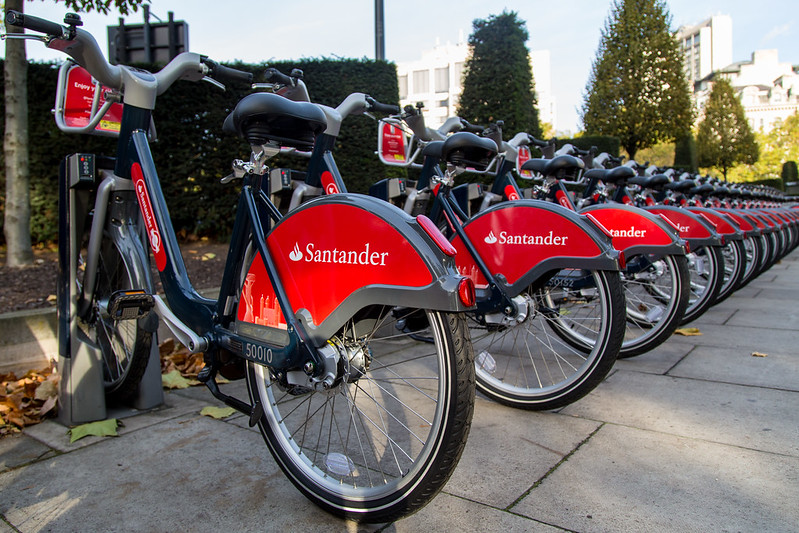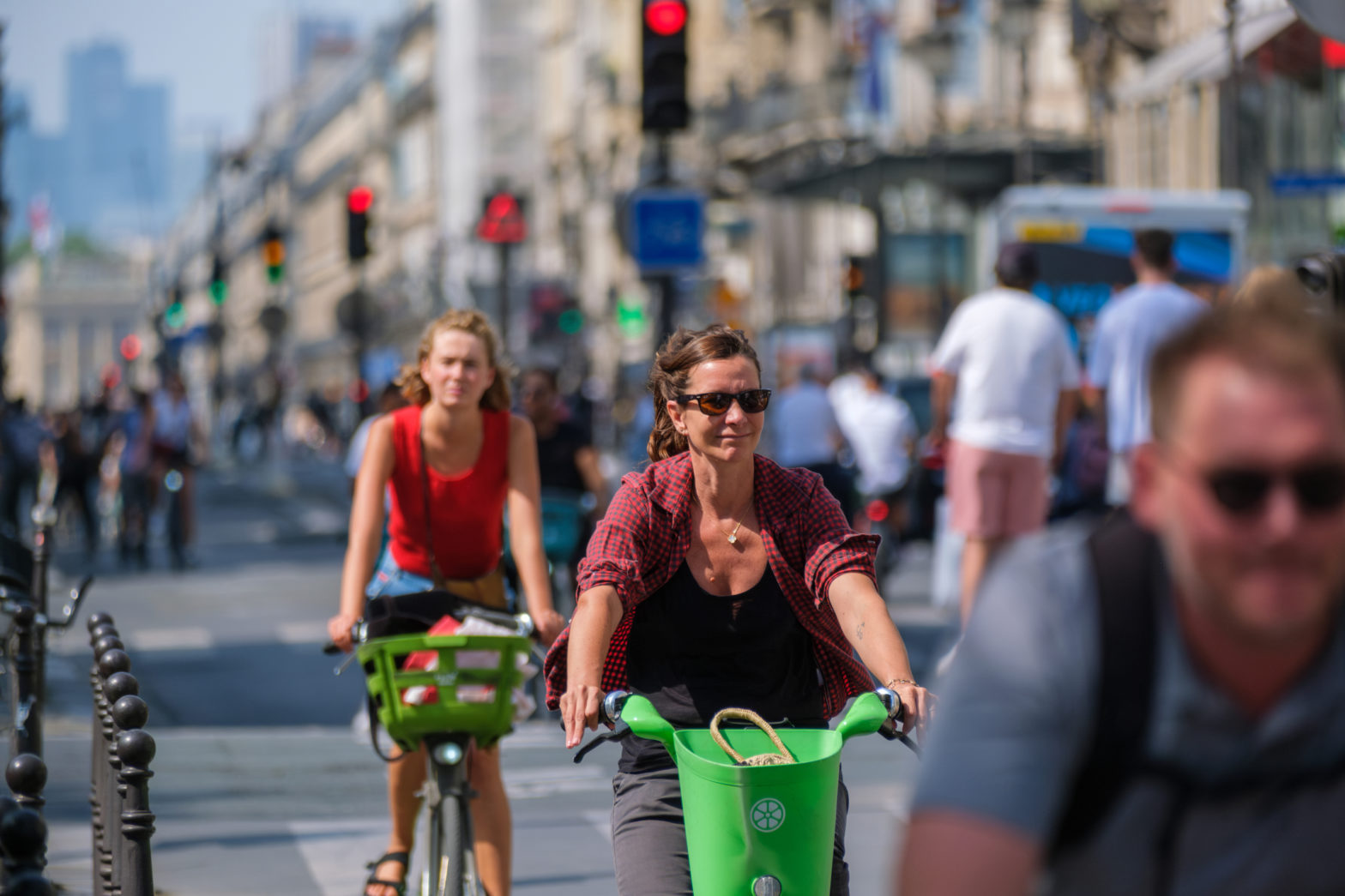
Photo: 26261237819_058a9b5985_c
TfL creates 7,800 new bike spaces across London
23 January 2020
by Christopher Carey
Transport for London (TfL) has announced the creation of 7,800 new bicycle parking spaces across London in a £3.5 million investment.
The additional spaces are part of the transit operator’s 2019 cycle parking implementation plan which aims to encourage bike use across the capital in a bid to cut congestion and reduce pollution.
There are currently 145,000 cycle spaces in London, but TfL wants to increase this to 195,000 by 2025.
Speaking to Cities Today, Andy Summers, strategy and planning manager for active health and travel at TfL, said: “For the first time we’ve done a really comprehensive analysis of where there is a gap in provision and where there’s a demand, places like railway stations, schools and town centres. We’re working with local boroughs to deliver spaces where they’re most needed.”
Areas receiving the bulk of new spaces include the City of London, Westminster, Hackney and Islington.
Cycle advocacy groups have welcomed the new investment, but some have raised concerns about the number of spaces required.
Tom Bogdanowicz, senior policy and development officer at London Cycling Campaign told Cities Today: “We urgently need to up the rate of supply—36,000 new spaces, that’s what we need right now.”
There has been a 154 percent increase in cyclists in London since 2000.
Mayor Sadiq Khan wants 80 percent of all journeys in the capital to be made by public transport, walking and cycling by 2041—a 16 percent increase when compared to 2017 figures.
Improving cycling infrastructure is a major component of these plans, and data collection has become crucial in mapping new cycle routes and identifying trends.
In August 2019, TfL launched its Cycling Infrastructure Database, which contains 480,000 photographs of cycling infrastructure, allowing users to see exactly what can be found on the streets.
To create the database, an area of 1,595 square kilometres was surveyed to collect information on over 240,000 pieces of infrastructure from each street in every London borough. Third-party developers can use the data to create their own journey-planning tools.
In 2018 AI sensors were trialled in the city centre to detect and identify road users to determine what mode of transport they use in order to plan cycle routes more efficiently.
Prior to 2018, manual traffic counts were primarily used, which only gave a a snapshot of road use on the given day or time.
The transit operator is currently in the process of introducing 43 more sensors at 20 central London locations to further test and understand the full range of capabilities the technology has to offer.








